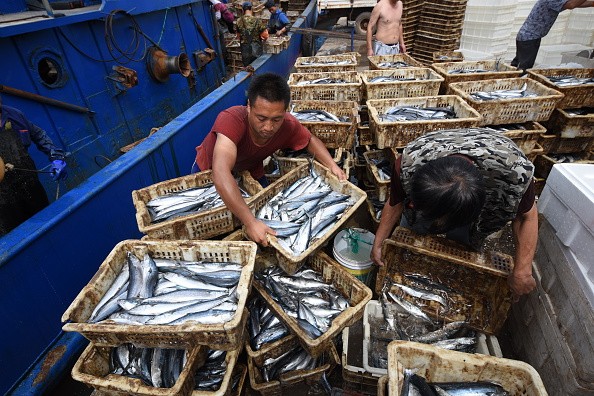The use of trophic cascades has allowed China to sustain its large seafood catches for the past 20 years despite intense fishing and minimal management measures, according to a study researchers at UC Santa Barbara's Sustainable Fisheries Group (SFG).
China boosted the number of fish in the lower level of the food chain by eliminating the predatory fish at the top levels, as each trophic level in the food chain has approximately 10 times more biomass as its lower level.
Cody Szuwalski, lead author and a fisheries scientist at SFG, explained that by getting rid of the big fish that are consuming the smaller ones, there will be more medium and small fishes that are available for human consumption.
On top of reducing the number of larger species, China's fishing practices have caused fishes to be much smaller than before such as the large hairtail found in the East China Sea, which is now reduced in size from 6 feet to around 2 feet.
According to Szuwalski, they now hardly see large predatory species in the East China Sea, significantly altering the structure of the ecosystem.
However, Szuwalski warned that there is no certainty on how the species would be managed in the marine systems under their compressed food chain--such as dealing with diseases, changes in environmental pressures, or presence of invasive species--due to lack of experience doing it.
He added that the fisheries management system used for the West Coast and in Alaska may not work as one might expect if applied to the East China Sea.
There are also differences in fishing practices between the United States, which utilizes a single-species paradigm, to Eastern Asian countries including the Philippines, Indonesia, China and Thailand, were indiscriminate trawl fisheries are common.
The Eastern Asian countries often utilize everything they catch while those from the Western hemisphere selectively take only about 30 percent of their catch.
Szulwalski proposes several directions to boost food security like utilizing aquaculture and improving the management of big multi-species fisheries.



























